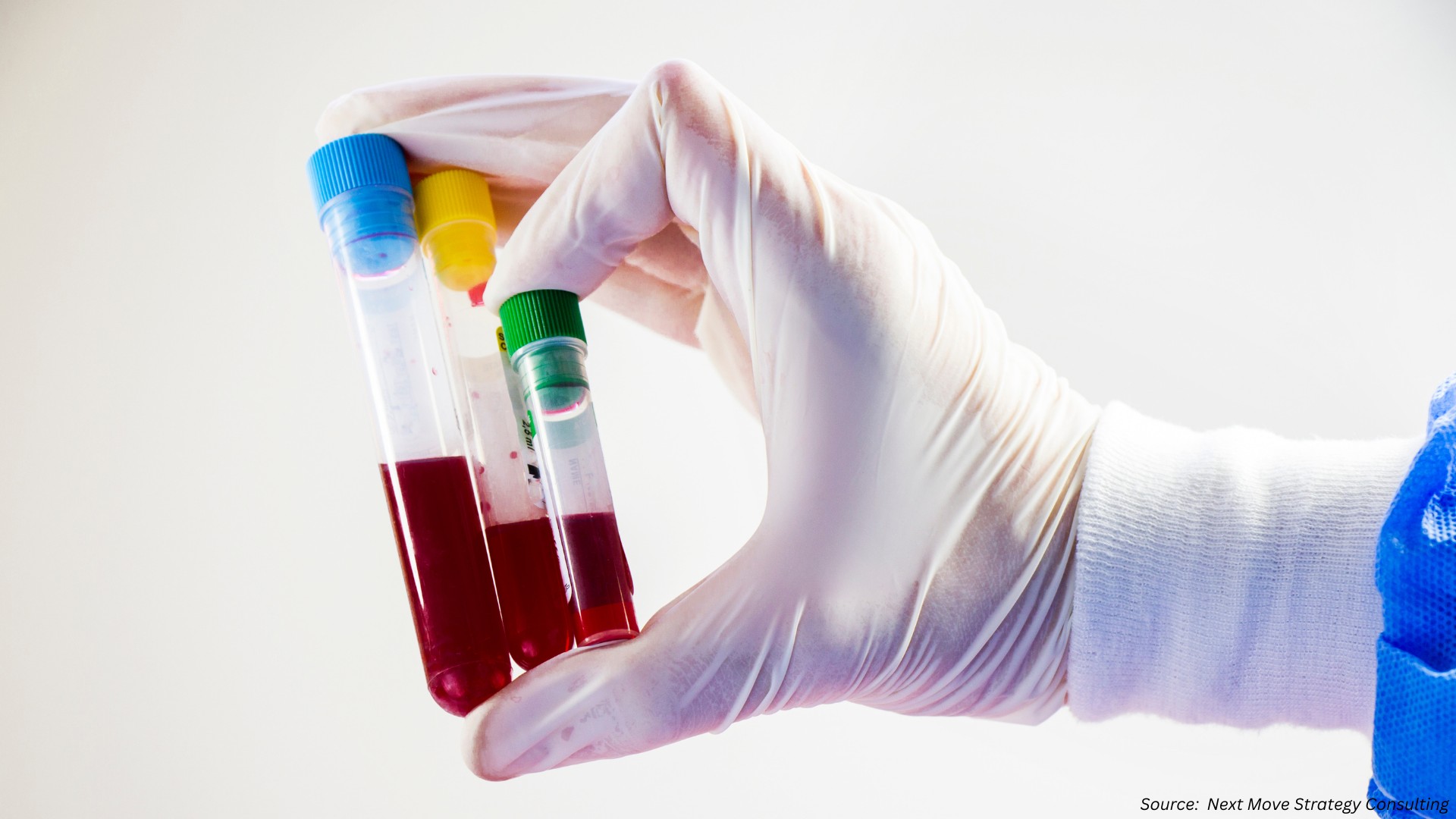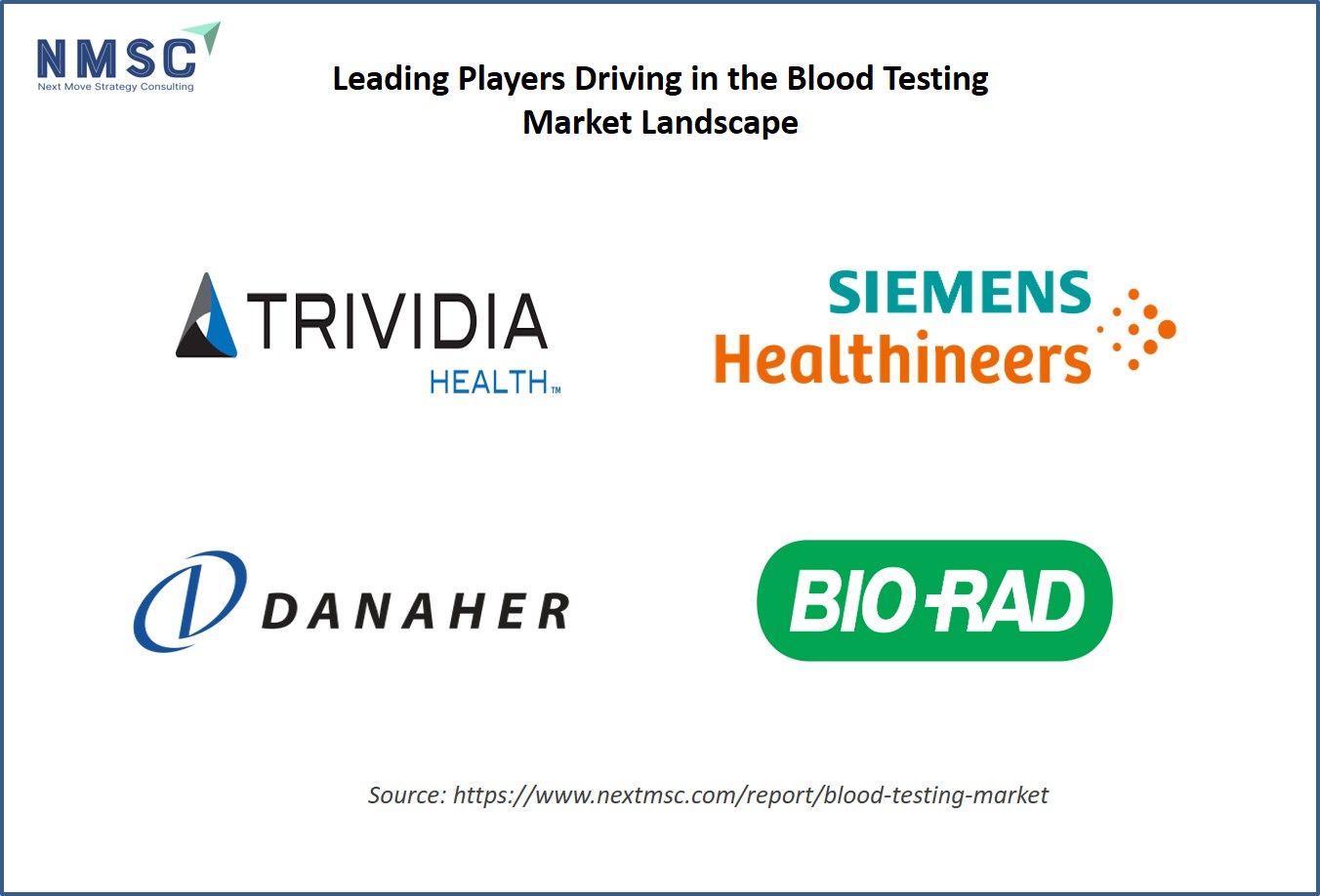The Power of Blood Testing: Revolutionizing Healthcare in 2025
Published: 2025-09-23

Blood testing has become a cornerstone of modern healthcare, offering insights into diseases that affect millions worldwide. From detecting viral infections like hepatitis B to uncovering genetic clues in prostate cancer, blood tests are transforming diagnosis and treatment. In 2025, these tests are not just tools for detection but gateways to personalized medicine, ensuring better outcomes with fewer invasive procedures.
Why Blood Testing Matters in 2025
Blood tests are minimally invasive, accessible, and critical for early detection of diseases.
According to the report by Next Move Strategy Consulting, the global Blood Testing Market size is predicted to reach USD 147.61 billion by 2030 with a CAGR of 7.1% from 2024 to 2030.
They provide a snapshot of what is happening inside the body, often revealing issues before symptoms appear. In 2025, advancements in blood testing are addressing global health challenges like hepatitis B, blood safety, and prostate cancer.
-
Early Detection Saves Lives: Blood tests identify conditions like hepatitis B and certain cancers early, improving treatment success rates.
-
Global Impact: 254 million people live with chronic hepatitis B worldwide.
-
Personalized Medicine: Cutting-edge tests like circulating tumor DNA (ctDNA) analysis can help tailor treatments to individual needs.
Hepatitis B: A Global Challenge Tackled by Blood Testing
Hepatitis B is a viral infection attacking the liver, affecting 254 million people globally. Blood tests are critical for diagnosing and managing this disease, which can lead to severe complications like cirrhosis and liver cancer.
How Blood Tests Help
-
Confirm Diagnosis: Tests detecting hepatitis B surface antigen (HBsAg) confirm infection and distinguish between acute and chronic cases.
-
Identify the Undiagnosed: In 2022, only 13% of people with chronic hepatitis B knew their status, and just 3% (around 7 million) were receiving treatment.
-
Screening Guidelines: WHO recommends HBsAg testing in areas with intermediate or high prevalence (>2%) and ensuring testing is linked to care.
-
Regional Burden: WHO Western Pacific Region has 97 million chronically infected people; the African Region has 65 million.
-
Preventing Transmission: Blood donation screening for hepatitis B is vital, especially in high-prevalence regions.
Who Are the Key Players Driving the Blood Testing Industry?
The blood testing market features a diverse range of prominent companies, including Trividia Health, Siemens Healthcare, Danaher Corporation, Bio-Rad Laboratories, AXIM Biotechnologies Inc., Thermo Fisher Scientific, Abbott Laboratories, bioMérieux S.A., Vault Health, and Cardinal Health.
Ensuring Blood Safety Through Rigorous Testing
Blood transfusions save lives, but unsafe blood can transmit infections like hepatitis B, HIV, and syphilis. WHO recommends all donations be screened for these diseases using quality-assured methods.
Here’s your data in a clean table format:
|
Category |
WHO 2025 Data |
|
Screening Adherence |
High-income: 99.8% Upper- |
|
Voluntary Donors |
79 countries collect over 90% |
Prostate Cancer: Blood Tests Reveal Hidden Genetic Clues
Monash University researchers (2025) discovered that “spelling mistakes” in circulating tumor DNA (ctDNA) found in blood samples can uncover hidden features of prostate cancer. This non-invasive approach could give scientists and clinicians a clearer picture of the disease’s biology without the need for invasive biopsies. While these findings show the promise of ctDNA in cancer research, further studies are needed to determine how they might influence treatment decisions in the future.
Key Points from Monash (2025)
-
ctDNA testing offers a non-invasive way to detect important genetic changes.
-
Findings provide new biological insights into prostate cancer that may inform future research.
Next Steps: Leveraging Blood Testing in 2025
-
Get Tested for Hepatitis B if you are in a high-prevalence area.
-
Support Voluntary Blood Donation to ensure safer blood supplies.
-
Discuss ctDNA Testing with your doctor if facing prostate cancer.
-
Advocate for Better Access to quality blood testing, especially in low-resource settings.
Final Thoughts
In 2025, blood testing is more than a diagnostic tool—it is a lifeline. By enabling early detection, ensuring blood safety, and moving towards personalized cancer treatment, these tests are reshaping healthcare. With wider access and awareness, they can help close global health gaps and save millions of lives.
About the Author
 Nitrishna Sonowal is a skilled SEO Executive and Content Writer with over 3 years of experience in the digital marketing industry. With a deep understanding of the ever-evolving digital landscape, she blends analytical insights with creative storytelling to deliver impactful digital solutions. She creates content that resonates with both clients and readers alike. Outside of work, she enjoys dancing, baking, and traveling to new places
Nitrishna Sonowal is a skilled SEO Executive and Content Writer with over 3 years of experience in the digital marketing industry. With a deep understanding of the ever-evolving digital landscape, she blends analytical insights with creative storytelling to deliver impactful digital solutions. She creates content that resonates with both clients and readers alike. Outside of work, she enjoys dancing, baking, and traveling to new places
About the Reviewer
 Sanyukta Deb is a skilled Content Writer and Digital Marketing Team Leader, specializing in online visibility strategies and data-driven campaigns. She excels at creating audience-focused content that boosts brand presence and engagement, while also pursuing creative projects and design interests.
Sanyukta Deb is a skilled Content Writer and Digital Marketing Team Leader, specializing in online visibility strategies and data-driven campaigns. She excels at creating audience-focused content that boosts brand presence and engagement, while also pursuing creative projects and design interests.

















Add Comment